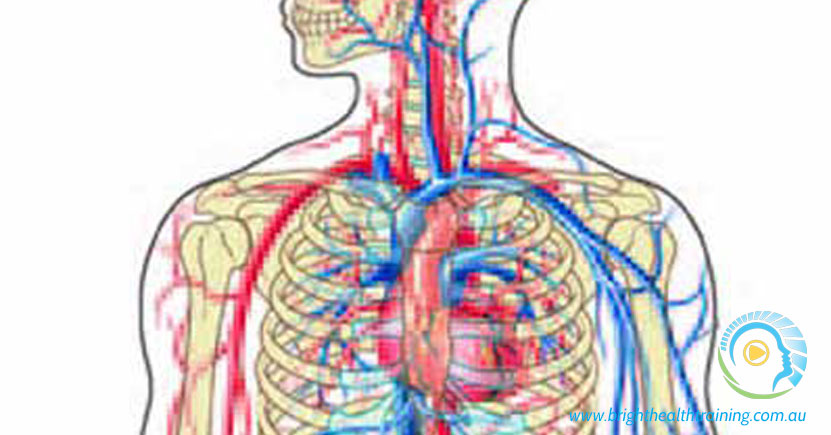I could not begin to count the number of times that I have read, heard or said for myself “massage increases blood flow and helps with the removal of toxins from the body”. It makes sense, surely the pressure of massage assists “circulation” which in turn helps remove “toxins”?
Remember those “tightly held beliefs” that I mentioned yesterday in my introductory “myth busting” blog? Are you ready to let go?
Massage does not improve blood flow and does not increase the rate of lactate removal post exercise.
According to the research, massage impairs postexercise muscle blood flow and “lactic acid” removal! That’s right, research looking at massage post-exercise, published in Medicine and Science in Sports and Exercise, has blown this theory out of the water!
The truth of the matter according to the researchers is that the mechanical pressure of massage post-exercise actually impedes blood flow and therefore reduces the rate at which lactate is removed from muscles. The research indicates that massage pushes blood into the peripheral circulation of the skin making it appear red, but it actually impedes the arterial and venous circulation!
Active recovery is better
The better option to enhance blood circulation post exercise, according to the same research, is active recovery. Active recovery is the traditional cool down after training or sport and has been shown to be more effective improving blood flow and decreasing lactate levels in the blood than massage.
Active recovery is common practice in the sport and fitness environment, especially for those athletes that don’t have the services of a professional (or amateur) Massage Therapist available. So does this mean that there is no value in having a massage after sport or recovering for exercise? Are the sporting teams that are paying for massage therapists wasting their money?
Massage does reduce the cellular stress and inflammatory signalling post exercise
Thankfully, massage still has its uses post-exercise. In other research published in Science Translational Medicine, researchers showed that massage therapy attenuates inflammatory signaling after exercise-induced muscle damage and enhanced the rate of “mitochondrial biogenesis” which aids the recovery process and kick starts the rebuilding of muscle tissue damaged through strenuous training.
This is very interesting research for us Remedial Massage Therapists who have clients who are actively engaged in resistance training. While it is hard to gauge exactly how much of an effect massage has on the recovery process from this research, it is fair to say that is has some. The interesting point is, it has nothing to do with “removing toxins”.
So, relax, you don’t need to stop massage as part of recovery session! The exact effects of massage in the sport and exercise environment is a topic that needs plenty more research. We are however, beginning to gain an understanding of some of the effects. If massage can be effective in reducing inflammatory signalling then it is possible that massage could be effective to reduce recovery time post exercise. But from what the evidence says it is not about improving circulation!
Massage does improve muscle performance post exercise.
Another brilliant piece of research published in the British Journal of Sports Medicine, showed the massage like compressions enhanced the rate of recovery of muscular force generation post eccentric exercise.
For those who aren’t sure, eccentric exercise is resistance training focusing on lengthening
muscle whilst under load. This has been shown to exert the most force to a muscle and therefore cause the most damage to muscle tissue. This is what is also known when resistance training as “negatives”.
Histological examination showed that there was significantly less muscle damage 4 days later in muscle that had received a more intensive form of massage compression, versus a less intensive form of massage like compression. Researchers were not able to determine the mechanism behind the findings but this will be investigated in future research.
For sports that require athletes to recover in weekly cycles with short rest periods, massage may be an effective tool to help athletes get back to high levels of performance quicker. This could obviously apply to anyone involved in resistance training who wants to recover quicker. Again, this is early steps and the research shows a particular type of massage is required to gain greater benefit. The mechanism behind this effect is not understood so it’s not possible to draw any conclusions from it at this stage.
“So what does this mean to me as therapist and how will this change what I am doing?”
When interpreting the clinical implications of these three different pieces of research, there is certainly some evidence to support massage as effective for post-exercise recovery, just not necessarily through “improving blood flow”.
The findings of this research shouldn’t result in significant changes in terms of post-exercise massage from an outsiders point of view. Massage is still being shown as an effective method of post-exercise recovery. But, as a Massage Therapist, you will be better informed!
Massage will not take the place of a good cool down period after exercise, nor will it hydrate the body or act as a substitute for stretching or strengthening. It does however appear to trigger some positive responses that aid recovery. So, next time you go to mention to a client “massage is good for blood flow”, you might want to think again.

